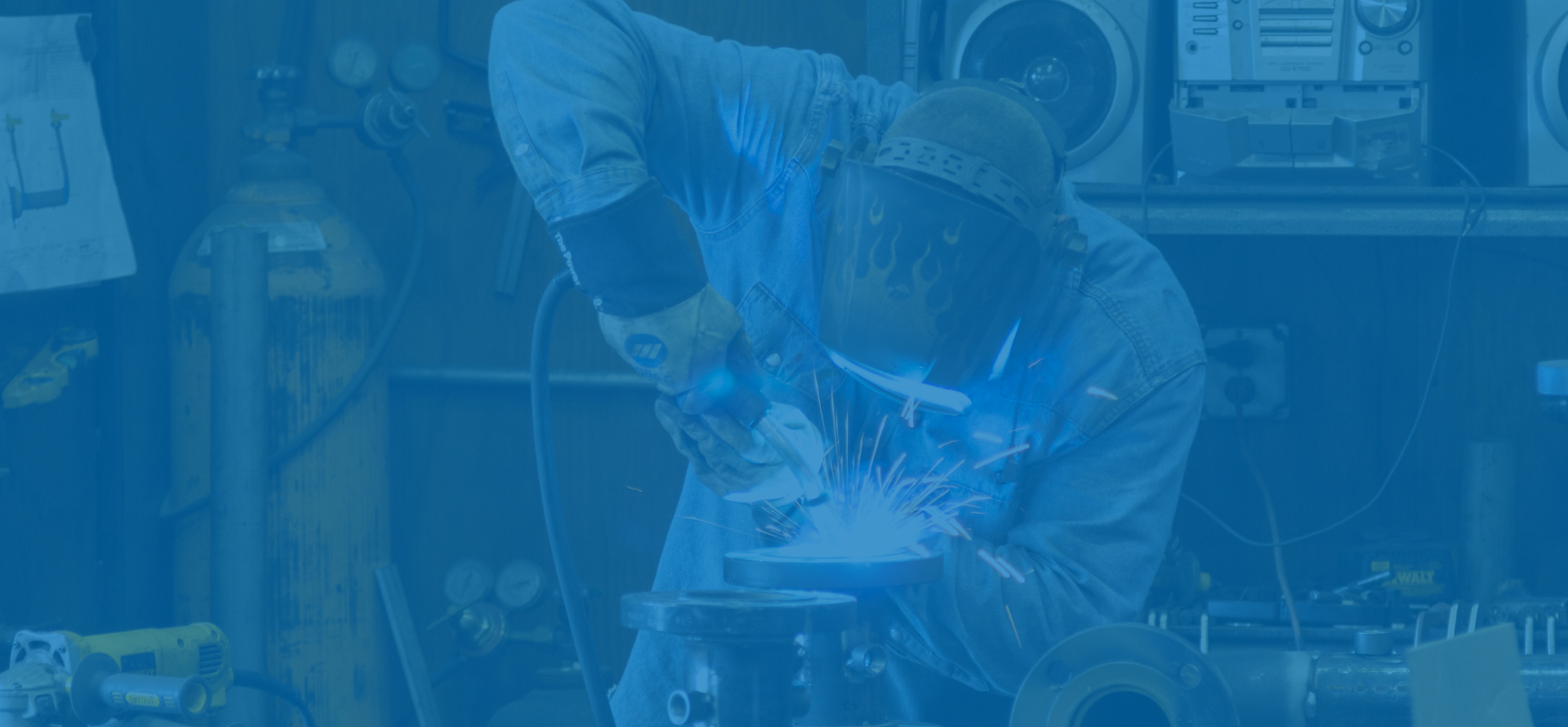
In the south, we can get a lot of rain in a short amount of time. Because of this, sump pump installation is necessary and beneficial in many homes, but it’s essential to understand what they are and how they work before installing one. Here’s what you need to know.
What is a Sump Pump?
A technician will install a sump pump in your home at the lowest point, usually in a basement or crawl space. It sits in what’s called a sump pit, and works by pumping out excess groundwater funneled to the pit so the water doesn’t end up in your house. Though it sits in standby mode much of the time, it kicks in when water is in the pit.
What to Know Before Installation
Sump pump installation has many benefits, but there are some factors to consider before jumping in and buying one. Here’s what you should know first:
- Sump pumps are permanent, installed by drilling holes in your basement floor, which can be both good and bad. It’s good if you need the water removal it provides, but it can be a pain if you want to finish or renovate your basement, as the location can’t change.
- The pumps are often loud, and you can hear them throughout the house when they turn on.
- The pumps require some maintenance, including inspection and service, at least once a year, more if they run frequently.
- They can save you money and frustration when they keep water out of your home. Water damage can be expensive and devastating, and sump pumps can help prevent the flooding that leads to water damage.
Contact the experienced team at W.P. Law, Inc. for more information on sump pump cost, installation, and operation and to find out if one is suitable for your home.









